Our Manufacturing Services That Go Above and Beyond
CNC Milling
CNC milling refers to the process of using computer numerical control (CNC) machines to remove material from a workpiece, creating a custom-designed part or product. The number of axes in CNC milling machines determines the capabilities and complexity of the machining process. We have 3-axis, 4-axis, and 5-axis CNC millings:
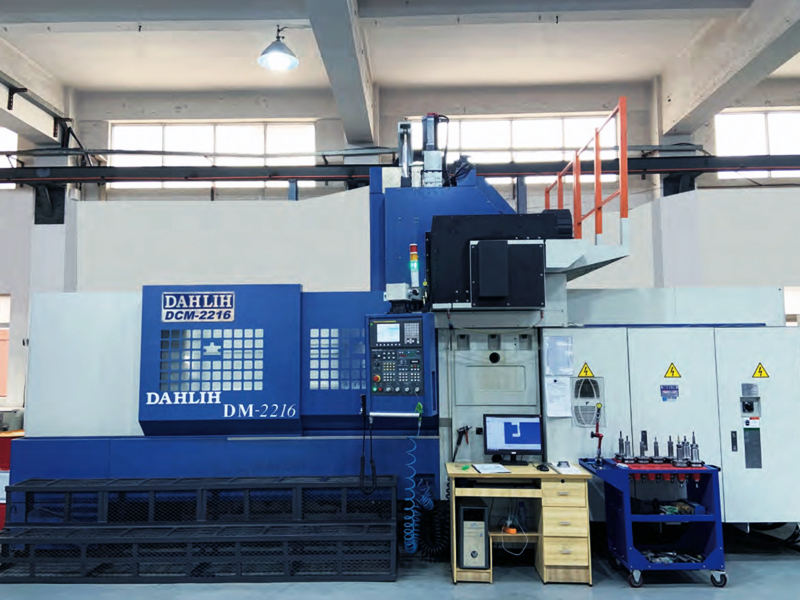
-
3-Axis CNC Milling: 13 sets
Axes: X, Y, and Z axes. Movement: The tool moves along the X, Y, and Z axes to cut material. Applications: Suitable for relatively simple parts with flat or prismatic geometry. Advantages: Simplicity, cost-effectiveness, and versatility for many applications.
-
4-Axis CNC Milling: 2 set
Axes: X, Y, Z, and an additional rotary axis (usually A or B). Movement: The tool can move along the X, Y, Z axes and rotate around one additional axis. Applications: Useful for more complex parts with features that require rotation. Advantages: Enables the machining of features on multiple sides of a workpiece without manual repositioning.
-
5-Axis CNC Milling: 2 sets
Axes: X, Y, Z, and two additional rotary axes (A and B). Movement: The tool can move along the X, Y, Z axes and rotate around two additional axes simultaneously. Applications: Ideal for intricate parts, complex contours, and features on multiple sides. Advantages: Offers greater flexibility, precision, and efficiency in machining complex geometries.
CNC lathe & turning
Computer Numerical Control lathe & turning, is a machining tool that uses computerized controls to operate and manipulate cutting tools to shape materials such as metal, plastic, or wood. It plays a crucial role in modern manufacturing, offering efficiency, precision, and versatility in producing a wide range of components and parts. We have 3pcs of this equipment.
-
Precision
-
Automation
-
Versatility
-
Reduced Manual Labor
-
Cost-Effective
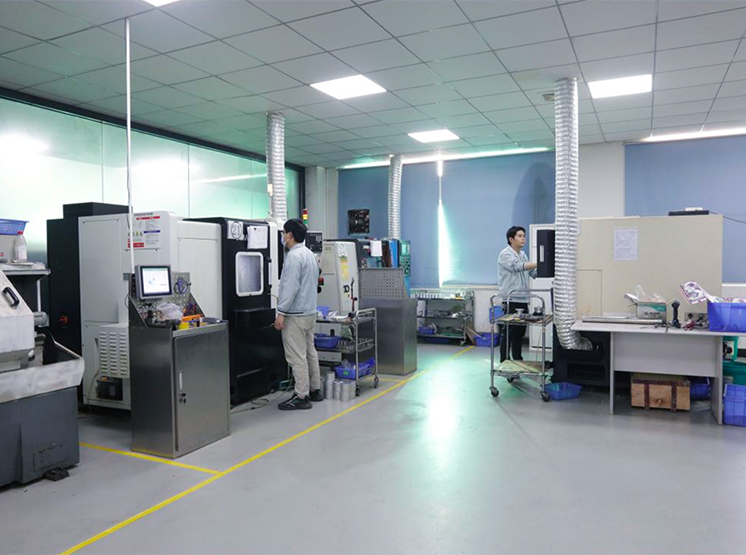
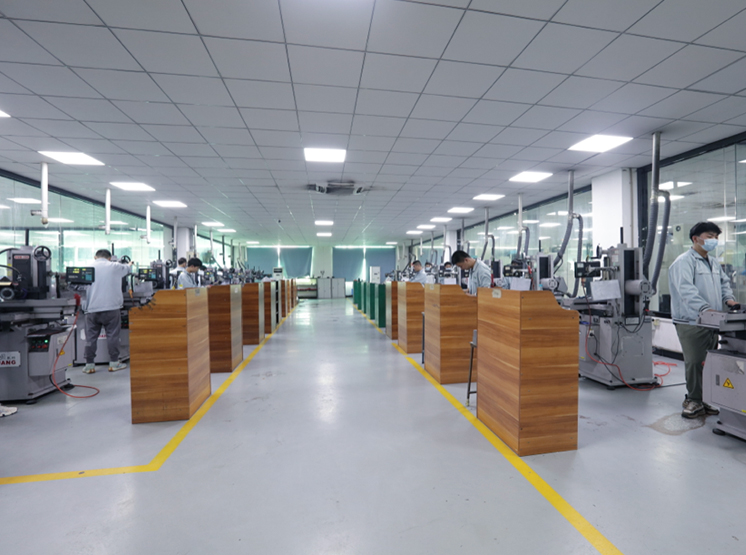
Grinding
Grinding is a material removal process that uses abrasives to remove small amounts of material from a workpiece's surface.
Surface grinding is a precision machining process used to produce a smooth, flat, and accurate surface finish on a workpiece. It is a widely employed technique in manufacturing and metalworking industries.
Optical profile grinder
An optical profile grinder uses a projector and a magnifying lens to project the profile of a template onto a workpiece.
The operator observes the magnified profile and adjusts the grinding wheel to replicate the profile on the workpiece.
Advantages of Optical Profile Grinder:
-
Precision Grinding
-
Complex Shapes
-
Efficiency
-
CNC Capabilities
Optical profile grinders are valued for their ability to produce intricate and precise components, making them essential in industries that demand high precision and complex shapes.
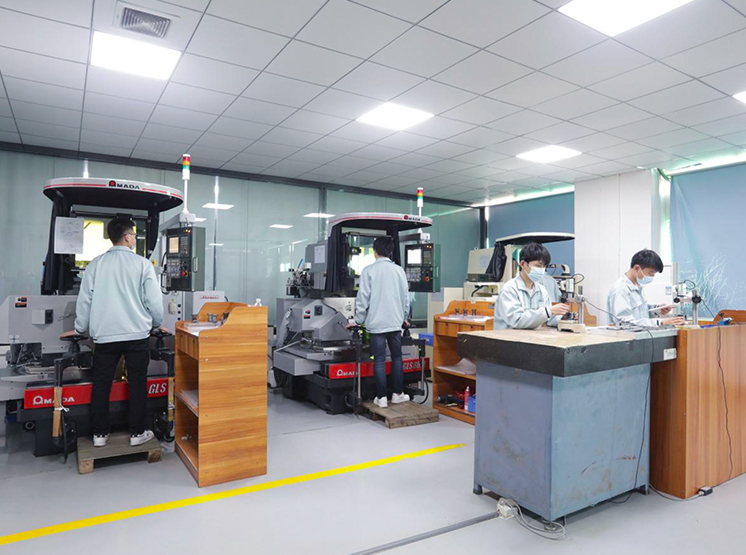
Quality measuring tools
Quality measuring tools play a crucial role in the CNC machining industry to ensure the accuracy and precision of machined components.
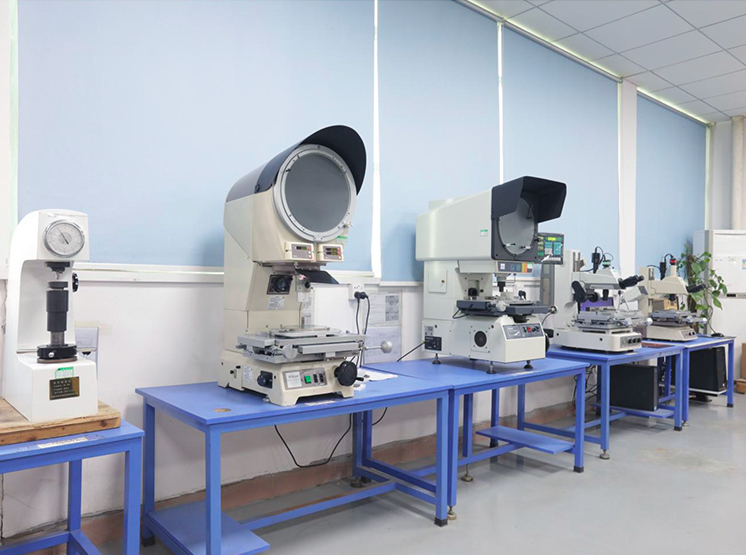
The tools we use:
-
Calipers
-
Micrometers
-
2.5M
-
CMM
-
Surface roughness tester
-
Plug gauges
-
Height gauges
Quality measuring tools are integral to maintaining the high standards required in CNC machining. The selection of these tools depends on the specific requirements of the machined components and the desired level of precision. Regular calibration and proper use of these tools contribute to the overall quality control process in our CNC machining.